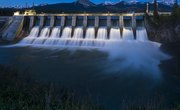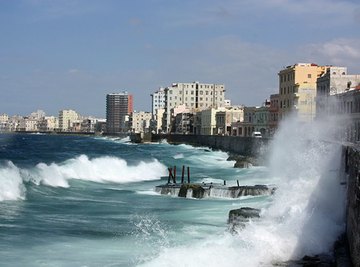
Alternative energy is becoming a much talked about idea in many areas of the world. The islands of the Caribbean are poised to take advantage of a number of alternative forms of energy. Solar, wind, hydroelectric, tidal, wave and geothermal energy are all within the realm of possibility for energy production in the Caribbean. However, some of these forms of energy may currently be beyond the financial means of some Caribbean islands.
Solar
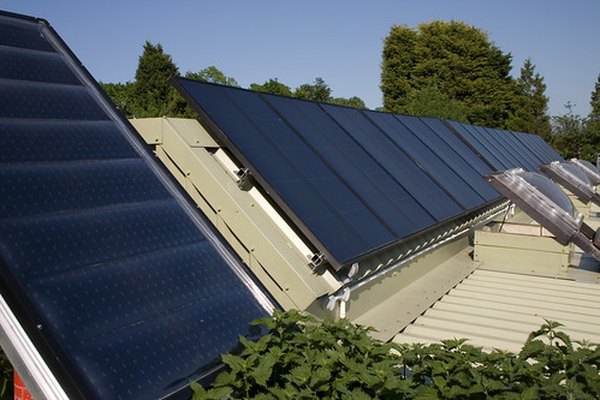
Solar power is created by capturing sunlight energy and converting that to electricity. Solar panels in various forms can take advantage of the intense tropical sunshine received by the islands of the Caribbean. Rooftop solar panels may be a cost-effective means to power homes, offices, hotels, resorts and other structures in the Caribbean, particularly due to the region's strong and abundant sunshine. Solar cells also can be used for water heating and supplying electricity to certain appliances and infrastructure.
Wind
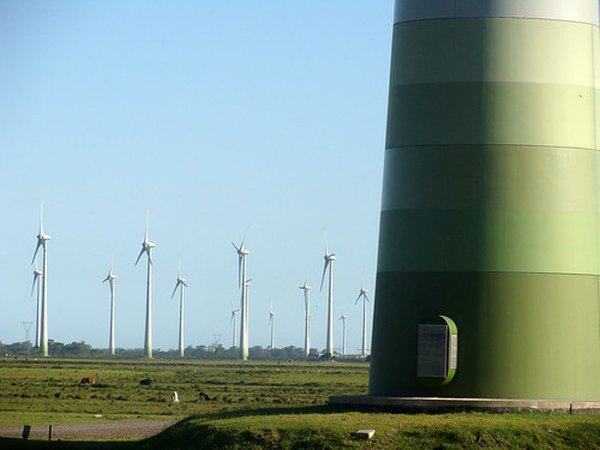
Wind power is created by capturing the energy within wind and converting that into electricity. In some areas, large scale wind farms, either onshore or offshore, are needed to produce an adequate supply of energy to the electric grid. However, in other instances, much smaller scale wind turbine operations may be used for more isolated areas. Although many Caribbean islands have a steady supply of wind, the visual and environmental effects as well as the high cost of constructing many wind turbines must be considered. Small-scale wind energy production may be the best course for the Caribbean.
Tidal

Tidal power, a form of hydro power, is created by capturing the energy within the moving water of tides, ultimately derived from the interaction and gravity between the earth, moon and sun, and converting that into electricity. Tides are actually much more predictable than the daily amount of wind and sunlight, and would therefore be a more predictable form of energy production than solar or wind power, particularly in island areas of the Caribbean. However, constructing the infrastructure for tidal power, such as offshore tidal farms, can be very costly.
Wave

Wave power, distinct from the daily changes in the tides, is created by capturing the energy within ocean surface waves and converting that into electricity. Along coastlines, ocean waves are a near-constant source of energy. Wave energy capture technology uses the rising and falling motion of surface waves to absorb and convert the energy. One method of capture is through the use of special buoys on the ocean surface designed to capture the wave energy along the shore, near the shore or offshore. This may be another option to consider for alternative forms of energy in and around Caribbean islands in the future, but is currently not very cost-efficient compared with other forms of energy production.
Hydroelectric
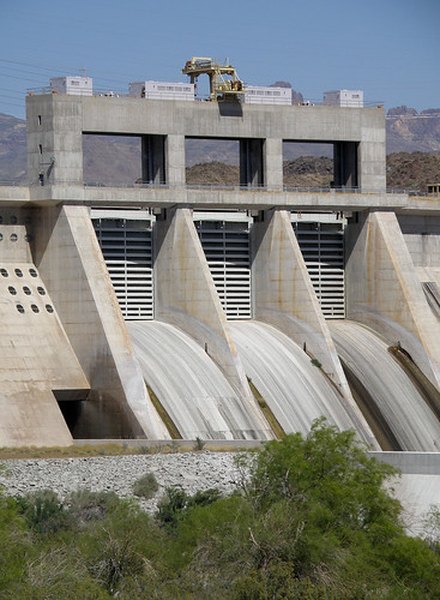
Hydro power is created by capturing the energy found within flowing water, such as in streams and rivers, and converting that energy into electricity. Examples of hydroelectric power-generation facilities are dams on rivers, which cause the water in the river to flow through the dam, spinning turbines and creating electricity. Hydroelectric power may be an option on some Caribbean islands, particularly the larger and more mountainous areas, but is not an option for all due to the scale and cost. Also, the effects of a hydroelectric facility on the local landscape and ecosystem are important factors for consideration.
Geothermal

Geothermal power is created by capturing energy from heat stored beneath the surface of the earth. Traditionally, geothermal power facilities have been most effective along and near geologically active tectonic plate boundaries. A number of Caribbean islands are along the tectonic plate boundary between the Caribbean Plate, North American Plate, and South American Plate. This position accounts for the volcanic and seismic activity on and near many Caribbean islands. In particular, the Lesser Antilles, including the Windward and Leeward Islands, show potential for harnessing geothermal energy but the difficulty lies in the costs and environmental effects of drilling deep into the earth to tap the heat resource.
References
Resources
About the Author
Paul McDaniel began writing in 2007 for various online venues, including eHow, with an emphasis on travel. He holds a Bachelor of Science and a Master of Science in geography from Samford University and the University of Tennessee and a Master of Arts in Education from the University of Alabama. He is pursuing a Ph.D. in geography from the University of North Carolina.
